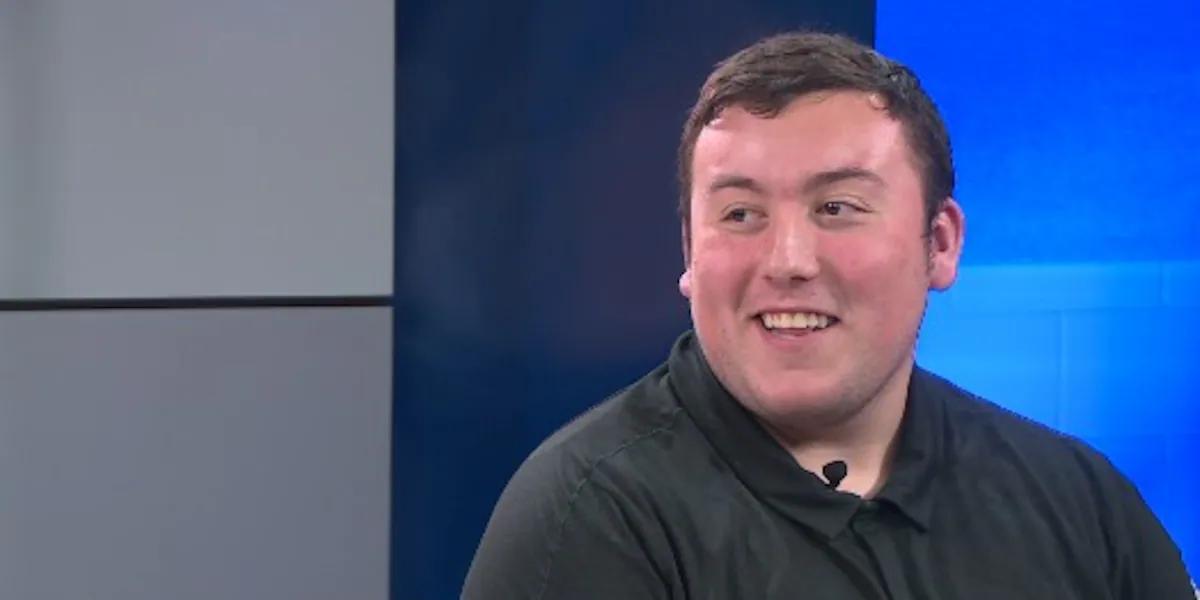Copyright Salt Lake City Deseret News

Have you ever taken any type of personality test, for fun or for serious reflection? I think I may have done them all. Turns out, I am an ENFP (Myers-Briggs), a Red (Color Code), a type 8 Challenger, type 2 Helper and a type 7 Enthusiast (Enneagram). I’m a NAKB — Nurturing/Action/Knowledge/Builder (BankCode, a system developed by my sister, Cheri Tree), Dominant/Supportive (DISC assessment) and my top five strengths are Strategic, Learner, Achiever, Activator and Intellection, according to Gallup’s Strength Finder, while VIA’s Institute on Character found that my top strengths are Spirituality, Kindness, Love, Love of Learning and Honesty. Perhaps most importantly, the Disney princess I am most like is Mulan, strong-willed, assertive and able to fight my own battles. Those traits, though, are today’s traits. Would you believe me if I told you I used to be quite shy, afraid to speak up and never, ever, would I have dared to rock the boat? Now, I proudly display a quote by Wilma Scott Heide, an American author, nurse, and social activist: “The hand that rocks the cradle should also rock the boat.” As a child, my “color” might have been defined as Blue, “heart-centered and relationship-based,” (I still prioritize these traits) and my Disney persona could have been Belle, as you could often find me curled up with a good book somewhere. My Gallup Strengths 15 years ago were Strategic, Input, Belief, Responsibility and Ideation. So why am I telling you this? Because we have become socialized to believe that personality is permanent and tests like the ones above can reveal the “real” us. The truth is, however, that personality is not fixed, nor permanent — and thank goodness! We can change! I mean, who wants to be exactly the same at age 60 as they were at age 20? There are multiple factors that can affect our personality traits, some voluntary and some involuntary. Major life events, including tragic and traumatic ones, can have an impact. So can growing older, as we hopefully also grow wiser (not a given, I know). Intentional effort can also help us change those traits we want to work on. For example, I think it’s fair to say there are few people who would now call me shy and afraid to speak up — and that took deliberate effort on my part until being outspoken became my default. Several years ago, I read a book by Dr. Benjamin Hardy, an organizational psychologist and prolific author, titled “Personality Isn’t Permanent,” where he lays out the science behind personality — and why those “tests” I referenced above are more pop culture than science. Hardy began his book with a story of how a personality test almost ruined his life. When he was courting his wife, a Red — a “go-getter driven by ambition and self-interest” — she and her parents were worried because he was a White — introspective and often passive. They were very concerned that the two colors were incompatible and that the relationship should not continue. Luckily for them, they decided to give it a go anyway. We know that death and taxes are inevitable — but so is change. And, we almost always underestimate how much we can and do change. More than a decade ago, three researchers published findings they gathered from surveying more than 19,000 people. The researchers — Daniel Gilbert, Jordi Quoidbach of the National Fund for Scientific Research in Belgium, and University of Virginia psychologist Timothy Wilson — asked people about the changes they had made over the last decade and the changes they expected to make in the coming decade. What they found was that no matter the age group, from teenagers to retirees, people felt that they had “arrived.” They had made the growth that they were going to make, with few changes to anticipate in the coming decade. And, unironically, they predicted little future change, while also noting the large amount of personal change that had occurred in the previous decade. “People, it seems, regard the present as a watershed moment at which they have finally become the person[s] they will be for the rest of their lives,” the authors wrote. Although personality and values do tend to become more stable with age, people generally underestimate the extent of future personality shifts. The researchers call this phenomenon “the end of history illusion,” meaning no matter what age we are, we tend to believe that’s it — we’ve made all the change we are going to. I think it’s fair to say those findings dovetail with Carol Dweck’s work on fixed mindsets and growth mindsets. So what’s the bottom line? It means that the person we will be in 2035 is not the person we are today. Hooray! Change is going to happen and we can be purposeful about it or pretend it’s not coming, but it will happen. Sometimes, we (I mean me) think we have to make big, sudden changes, but that’s also not true. You know the saying: “A journey of a thousand miles begins with a single step.” We often overestimate what we can get done in a day or a week, but we often vastly underestimate what we can get done in a year or a decade. Ten minutes a day times 365 days becomes 60 hours a year spent working on a trait — or multiple traits — we would like to change. Like Viktor Frankl, Hardy believes that “Choosing one’s own way is what makes one human — and the more you own the power of your own decision-making, the more your life and outcomes will be within your control.” Let’s get going!



